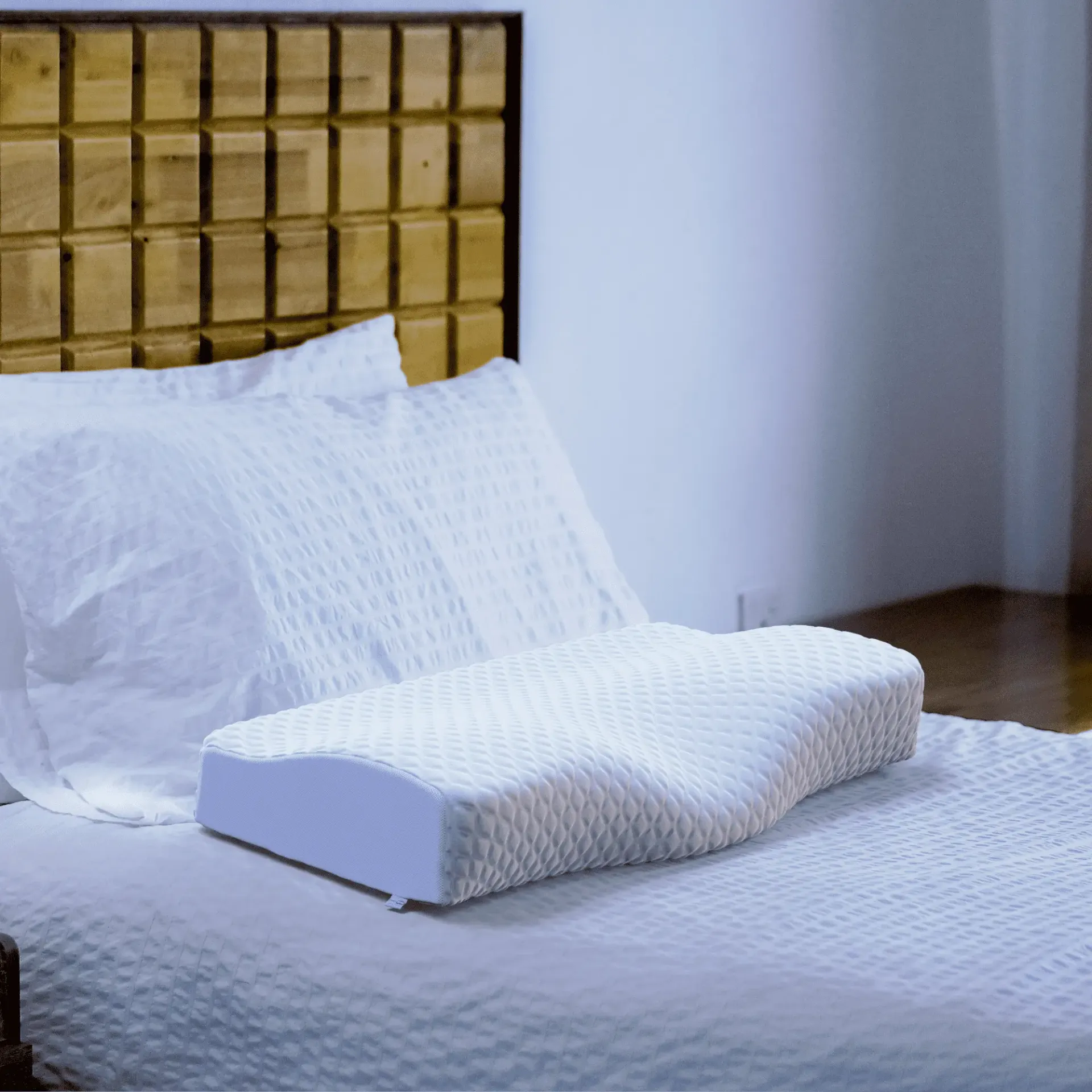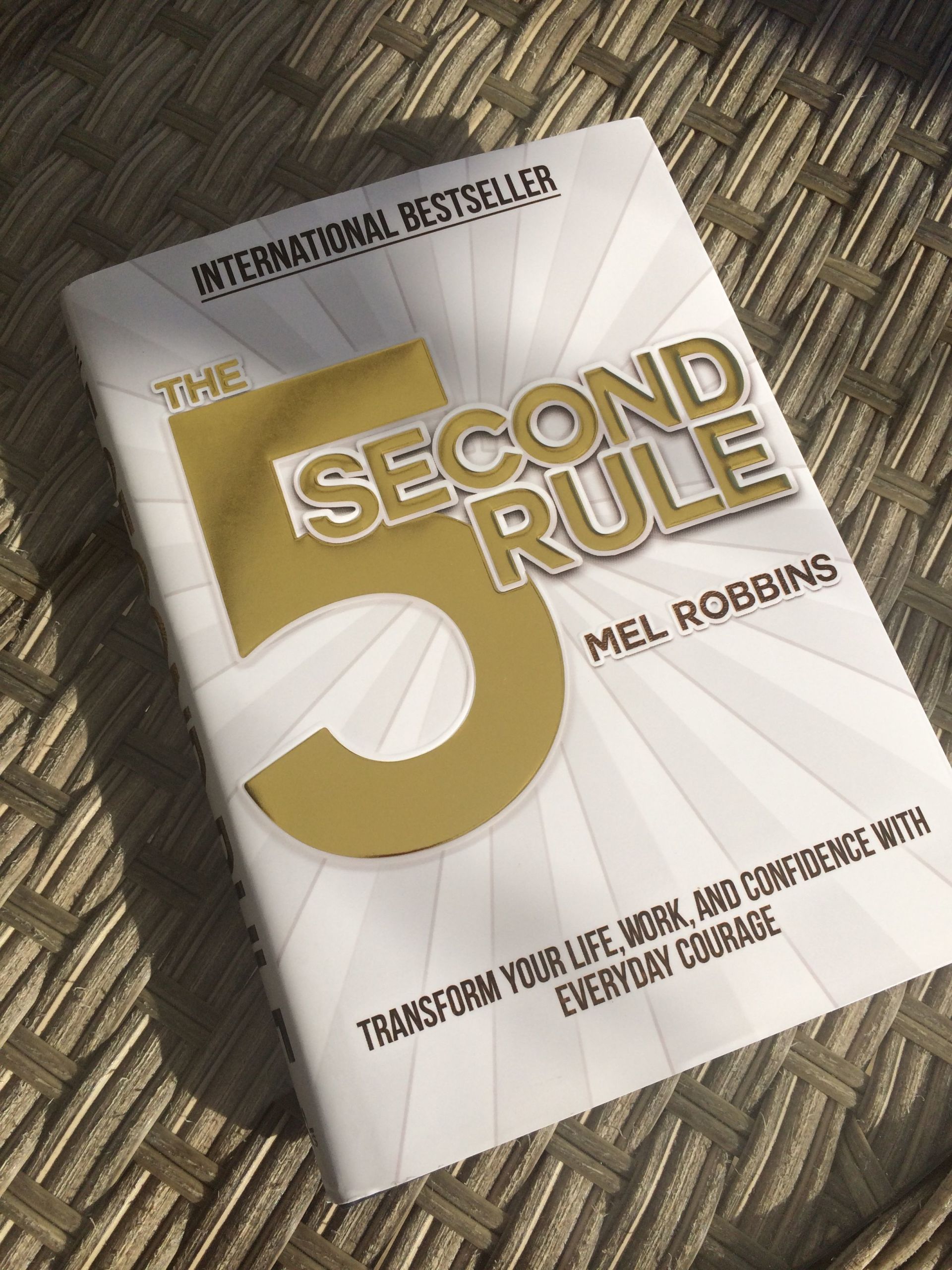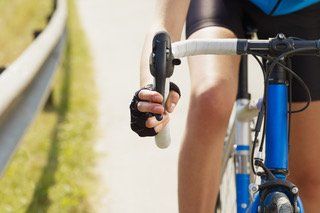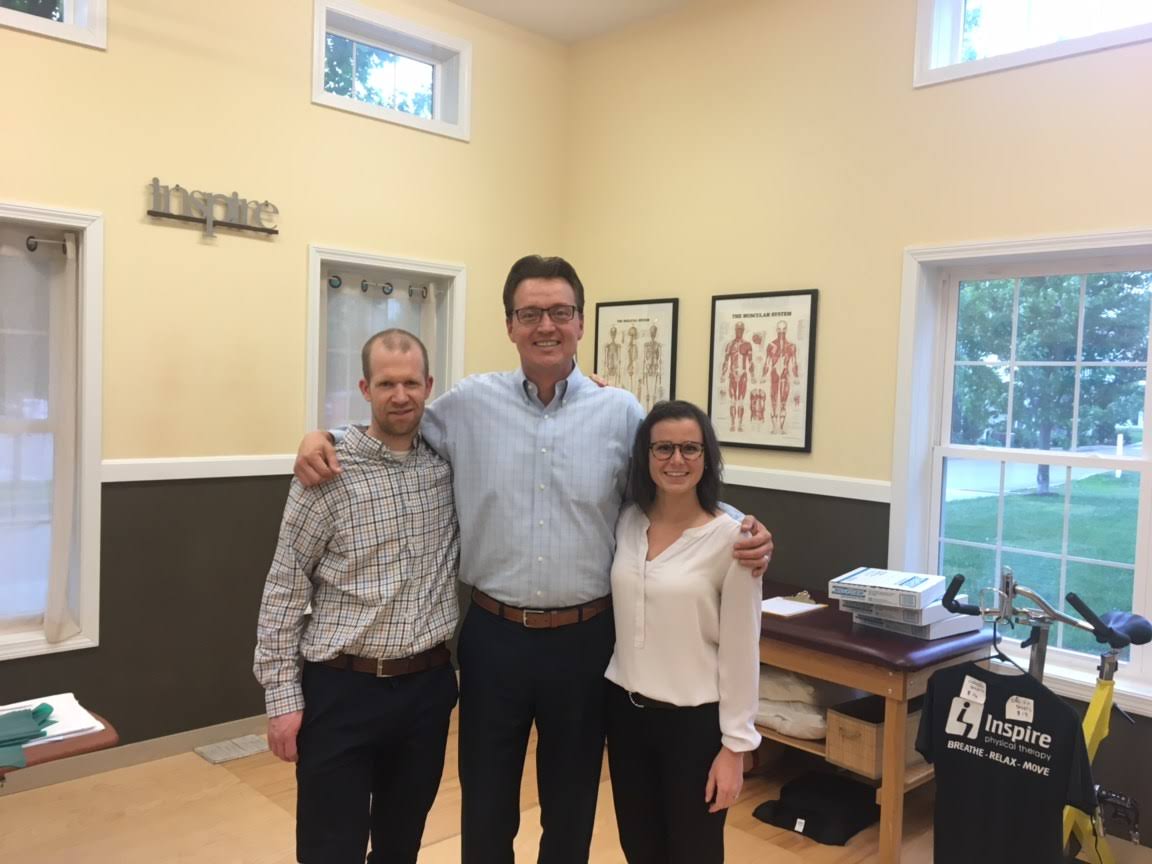TIPS TO PREPARE YOU FOR THE SKI SEASON!
It is never too late or too early to improve your conditioning for the current or next ski season. Whether you plan to get ready for a ski trip or just want to stay healthy and reduce the risk of injury, conditioning is key. It is best to start with stability exercises before progressing to heavier strengthening and finally plyometric exercises. Here are some suggestions to get you started. The focus is to control your movements through a large range of motion with a slow and steady tempo. This will help you control your back, hips and knees as you deal with variable terrain, poor visibility or just getting off balance when skiing.
Full Squat
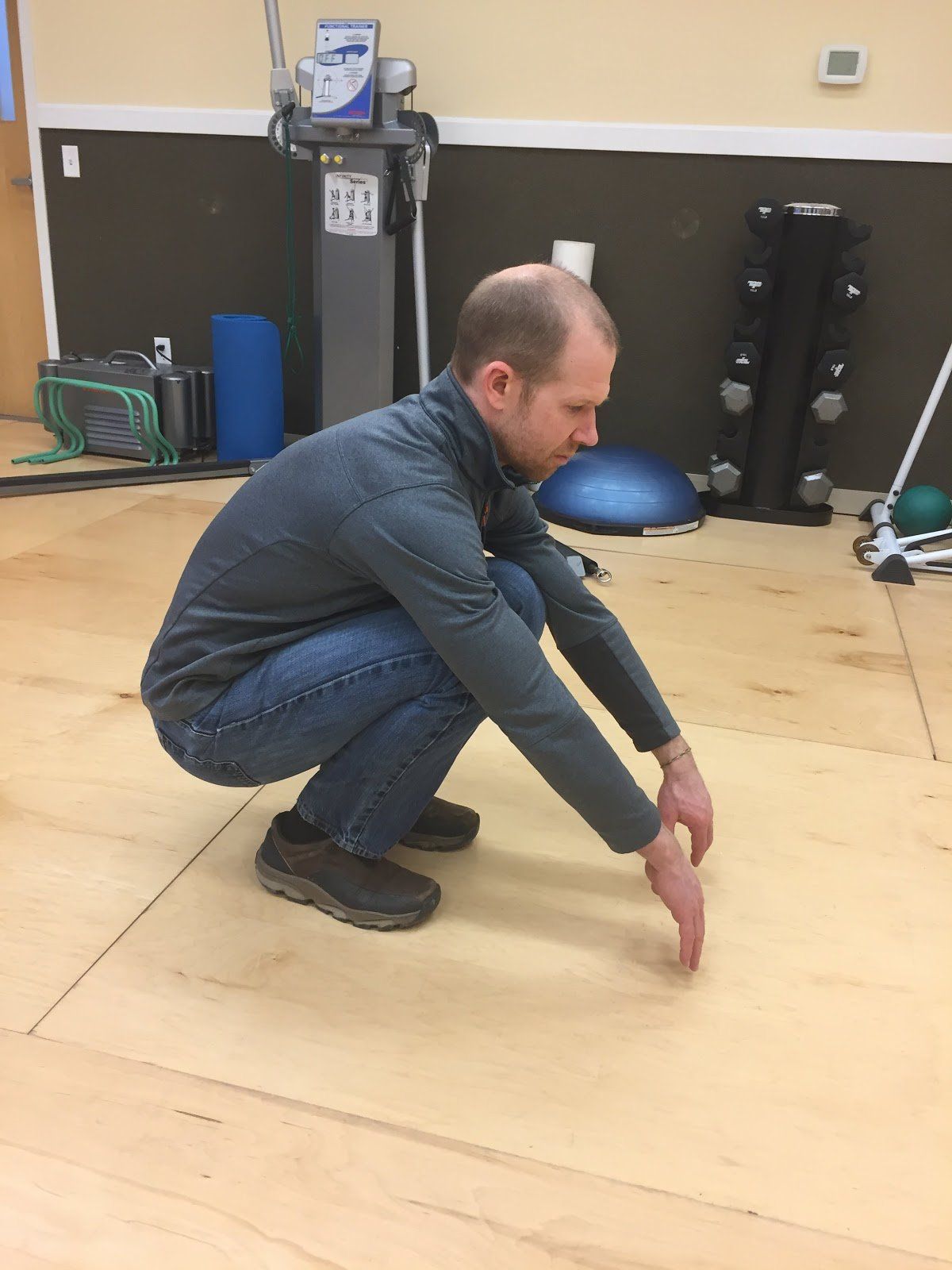
Squatting is a great exercise that requires a lot of ankle, knee, hip and back flexibility. Before you get started with the core and single leg exercises, try this squat test. Are you able to go into a deep squat with your heels on the floor? Do your knees stay over your feet or do they turn in or out? Did you fall backward? Falling back on the tails of your skis with your hips below knee level puts you at risk for injury so be sure to practice good balance and control. How did you do?
Stability Ball Plank
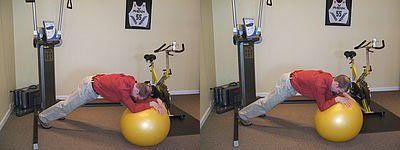
Start in a kneeling position with your forearms on the ball. Round your back by engaging your abdominals and hold them tight. As you straighten your knees maintain the plank position for 30 – 60 seconds x 3 sets. If you want more of a challenge, try rolling the ball out slightly by reaching out with your arms. You should feel tension across your lower abdominal area, not strain in your low back. If you have trouble controlling your body position, try stabilizing the ball against a wall or put the ball aside and practice some floor planks to get the right muscles activated. This exercise will work deep abdominal stabilizers to help balance the efforts of your low back muscles while skiing.
Single Leg Stability Ball Lunge
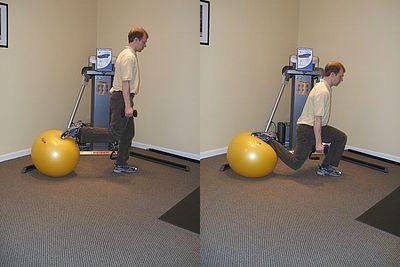
Balance on one foot with your opposite foot resting on the ball directly behind you. Slowly bend your front knee to lower your center of gravity keeping your heel on the ground. Start with partial knee bends making sure your knee stays positioned over your foot. As you progress the depth of your lunge, allow the ball to roll backwards. This exercise is great for hip and knee stabilization. For added challenge you can add a weight vest or dumbbells.
Wall Squats
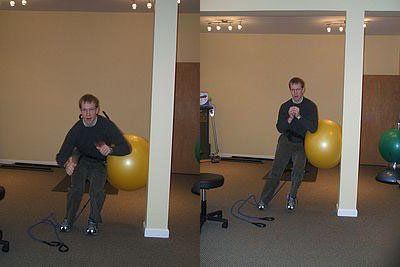
Stand with the ball positioned between the wall and your hip/upper thigh (you can even add a resistance band attached via a belt to your inside hip and positioned under your outside foot as in the pictures). Hold pressure on the ball with your legs and hips. As you squat bend equally through your hips,knees and ankles to lower your center of gravity. To challenge yourself, try lifting your inside foot for a single leg squat. This is a great exercise to emphasize pressure on the outside foot and if you use a resistance band it also challenges you to keep your pelvis level.
Single Leg Depth Squat
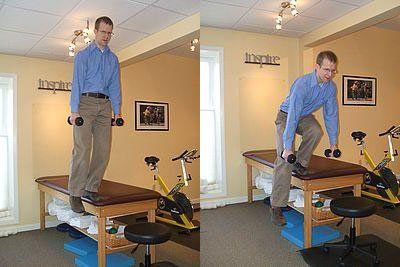
Standing on a stable surface, squat down on a single leg lowering your opposite foot toward the floor. Challenge yourself with some hand weights or a weight vest (or back-pack) and by increasing the depth of your squat. Start with an 8 inch height. Exercising each leg independently through a large range of motion is great for stability and strength especially in challenging positions.
Minimal equipment and a little knowledge can go a long way to improving your skills on skis and reduce the likelihood of injury. Stay active and have a great Winter!
